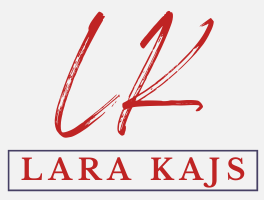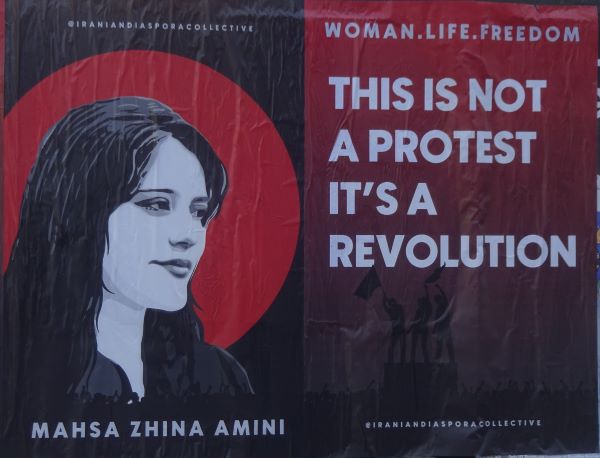~ 16 September 2023 ~
One year ago today, 22-year-old Mahsa Amini was targeted by the morality police for improperly wearing a hijab. Witnesses say she was beaten in a police van while in custody. Mahsa was in a coma for four days, and then her death was announced. The Woman, Life, Freedom protests began two days after her death. Mahsa Amini’s death sparked the largest protest in Iran since the 1979 Revolution… and Iranians continue to resist in protest. Woman, Life, Freedom, continues to be the cry not only of Iranians – but of people around the world, standing in solidarity with them.
For four months, every evening at 9 p.m., people would appear on their balconies and chant slogans against the government. The balcony chanting spread across the country to all 31 provinces. It was announced that the morality police was suspended so that the government could “rethink” or “reorganize” the role.
No Accountability
In the year since Mahsa’s death at the hands of the Islamic Republic of Iran, there has been no accountability for the hundreds of protesters killed. Not one official has been criminally investigated, prosecuted, or punished for crimes committed during, and in the aftermath, of the uprising. Iranian authorities have spent a year inflicting unbelievable brutality on Iranians for challenging decades of repression and inequality.
According to Iran Human Rights, some 551 protestors have been killed, including 68 children and 49 women. The Iranian government listed at least 22 protestors, including four children and eight women have died by “suicide” or under suspicious circumstances. But the government also claimed that sudden heart failure caused Mahsa Amini’s death, and yet, she had significant head trauma. Sudden heart failure does not cause head trauma.
Iranian authorities have committed a series of crimes under international law in the year since protests began. They have prosecuted and sentenced women to imprisonment, fines, and degrading punishments. During the uprisings, security forces unlawfully fired live ammunition and metal pellets to disperse and terrorize demonstrators, causing injuries. Between September and December 2022, security forces unleashed a brutal militarized crackdown.
The Islamic Republic’s refusal to allow independent investigations and any means of seeking accountability prompted the UN to establish a Fact-Finding Mission. The investigation includes hundreds of unlawful killings, the execution of seven protesters, tens of thousands of arbitrary arrests, widespread torture, including rape of detainees, extensive harassment of victim’s families, and retaliations against women and girls who challenge the mandatory veiling laws.
Governments around the world petitioned the Iranian government to cease the unlawful use of firearms against protestors, to stop torturing detainees, and to release all individuals detained for peacefully exercising their fundamental human rights.
In the US, the Mahsa Amini Human Rights and Security Accountability Act – The Mahsa Act (H.R. 589), was introduced in the 117th Congress. The Woman Life Freedom uprising is recognized as the first women-led revolution in modern history. The bill passed the US House of Representatives and will proceed to the US Senate. The Mahsa Act would allow for sanctions against the leaders of the Islamic Republic of Iran.Governments
One Year Later
In the year since Mahsa Amini’s death, the government has crushed street demonstrations through deadly crackdowns and execution threats. There were not many protests leading up to the anniversary of the Woman, Life, Freedom uprising. A year ago, the government was not prepared for the protests following Mahsa’s death, but now they have had a year to prepare. Today, there is a huge security presence in most cities.
Despite months of protests against Iran’s compulsory veiling laws, the authorities reinstated the morality police in July, along with a number of other rules that deprive women and girls of their basic human rights. Security cameras were installed on street corners to record, and report unveiled women.
Before, the morality police physically dragged women into the vans. Now, they are not allowed to touch women. Instead of taking women away for a “re-educating class”, now the morality police fines them. And the fines increase with each incident. The punishments are more severe. If a woman is in their car without a headscarf, the car could be impounded, and the fines to get it back are unreasonable. The government can take money from an individual’s bank account. They can be denied permission to leave the country, denied to use the internet, or denied healthcare services.
Under Iran’s Islamic law, Iranian women’s rights are severely restricted. Women must comply with the Islamic Republic’s mandatory hijab laws from the onset of puberty, and they are unequal in matters of marriage, divorce, custody, inheritance, and more. It is a form of gender apartheid.
There is a new Hijab and Chastity Bill, awaiting final approval from Iran’s highest officials, the Guardian Council. Dress code punishments which already incur 74 lashes, will be more severe under the new code. Unless forces (governments) outside of Iran use their influence and pressure to curb the severity, the plight of women and girls in Iran will likely begin to mirror that of Afghanistan. Eventually, they become nonexistent.
In August, 300 professors and faculty of some of Iran’s most prestigious universities were fired for siding with the protestors. The universities are the hub for protests. Some 98 percent of Iranians are university-educated. Firing the professors is the government’s way of showing it controls the universities.
The government now makes students and faculty sign a waiver stating that they will refrain from commenting or speaking out against the government, politics, or religion. If they don’t sign, then they cannot be part of the university, either as a student or faculty member. The message: the only voice is the government’s voice.
Although the protests ended months ago, the attitudes of Iranians have changed: there is so much anger. The purpose of the fight has become so much bigger. It’s no longer about a hijab or the death of Mahsa Amini. It grew to other issues such as healthcare, and the economy. It’s about the whole system which forces a certain way on people with no room for discussion for change, consideration, options, or amendments.
But the movement continues. It looks like women and girls not wearing a headscarf. It’s their way of honoring Mahsa and it is their passive resistance. Simple but powerful.
With gratitude… Lara
Photo credit: “22-11-26 04 Mahsa Amini Poster” by Felton Davis. Licensed under CC by 2.0
ThinkingOutLoud #TOL #larakajs #MahsaAmini #WomanLifeFreedom #Iran #humanrights


Good post! We will be linking to this particularly great post on our site.
Keep up the great writing.